- Carelabz Belgium
- Services
- Harmonic Study and Analysis
Harmonic Study and Analysis
Find Out What It's All About
CareLabs offers electrical installation services such electrical safety inspections, testing, calibration, and certification, as well as in-depth harmonic research and analysis. Professionals will analyze harmonic dangers, training program, paperwork, and personal protective equipment (PPE) to verify that your electrical safety program is up-to-date, compliant, and exhaustive. CareLabs can identify harmonics early on and take relevant procedures to mitigate the impact of harmonic distortions to secure the equipment’s safety.
What is Involved
Harmonic electric voltages and currents can generate inefficiencies in an electrical system. They produce inefficient heat and can decrease the quality of electricity. Harmonic voltage analysis is a mathematical technique used to forecast resonances and harmonic distortion levels. Harmonic voltage analysis is a mathematical approach for forecasting potential resonances and harmonic distortion levels based on data.
Nonlinear electrical switching equipment such as AC variable frequency drives, DC drives, fluorescent lights, computers, and so on introduce harmonic frequencies into the electrical system. High harmonic voltage/current levels provide a significant danger of equipment failure. Consequently, a timely harmonic analysis and investigation is essential. Harmonic restrictions in 415 voltage systems are now 5%, with 4% odd harmonics and 2% even harmonics.

Effects of Harmonic Distortion:

- Causes circulating current and high voltage.
- Equipment failure and destruction due to severe voltage distortion
- A rise in the presence of internal energy in components, leading to component failure and a shorter life span
- Fault-induced tripping of branch circuit breakers
- Measuring deviation
- Fires and explosions in the wiring and distribution system
- Power outages caused by generators
- A reduction in the system’s power factor
- Expensive installation and utility bills
- Productivity losses
- Downtime and unneeded vehicle trips
- Greater motor size
Harmonic issues are exceedingly rare, but when they do arise, they tend to decrease the power system’s dependability, power quality, and efficiency. Consequently, harmonic investigation and analysis are important.
- Provides protection from voltage and current harmonics
- Frequency variation restriction
- Voltage and current imbalance
- Enhance power factor analysis and maintain a value close to one.
- Regulates voltage fluctuations
Harmonic study and analysis will give insight into the probable source and impact of power quality issues, aiding in the avoidance of harmonic-related difficulties at the design stage and lowering the risk of unintended consequences.
Harmonic Analysis and Research Workflow at CareLabs:
- Highlight available nonlinear loads, capacitor banks, and lengthy medium-voltage cables on the electrical single-line diagram.
- Identify in-plant system buses that are vulnerable to harmonic distortions.
- Identify the point of common coupling (PCC).
- Gather harmonics information for all nonlinear loads.
- Acquire vital information on voltage and current harmonics at the selected PCC, including the maximum and lowest short circuit fault levels.
- Conduct harmonic analysis on the electrical network using ETAP (electrical transient analysis program).
- Calculate the overall and discrete current and voltage wave distortion values at the buses and PCC.
- Draw the spectrum of harmonic frequencies.
- An appropriate mitigation strategy is offered and applied if the harmonic distortion levels surpass the acceptable values.
- Rerun the analysis once the mitigation solution has been incorporated.

CareLabs Service Benefits:

If background harmonics have previously been measured, the second step consists of higher ratings.
- If the backdrop is less than 25%, stage 2 permits variable converter size depending on fault level and converter type if the background is less than 25%.
- If the backdrop is between 25% and 75%, half of the above converter grade is acceptable.
- A comprehensive harmonic examination is conducted on the upper backdrop.
- If the backdrop is less than 25%, stage 2 permits variable converter size depending on fault level and converter type if the background is less than 25%.
- If the backdrop is between 25% and 75%, half of the above converter grade is acceptable.
- A comprehensive harmonic examination is conducted on the upper backdrop.
Related Services
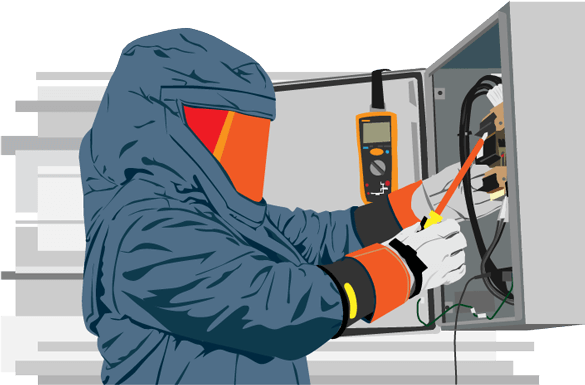
Arc Flash Study
An arc flash study, also known as an arc flash hazard analysis, is a process of analyzing electrical systems to identify potential hazards related to arc flash events.
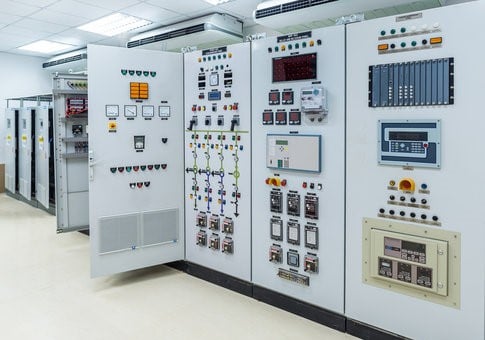
Power System Study & Analysis
Power System Study & Analysis service helps you to have a safe, reliable, and efficient power system for your facility under normal and abnormal circumstances.
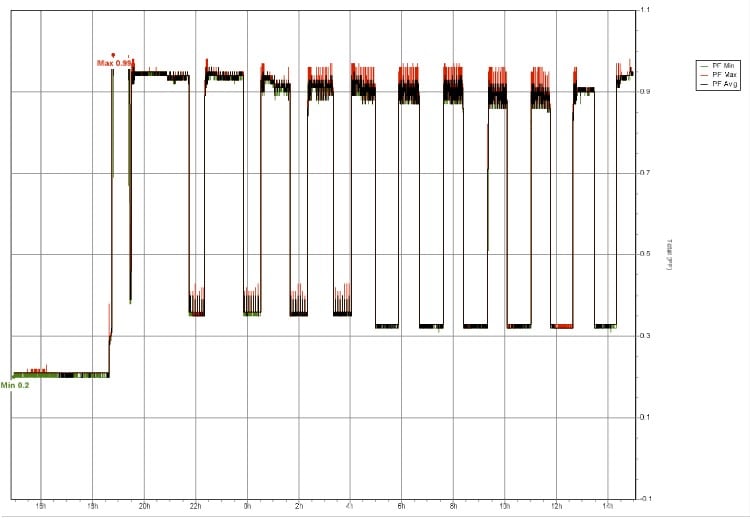
Power Quality Analysis
Power quality analysis is the process of assessing the electrical power supply to ensure it meets the required standards for safe and efficient operation of electrical systems.
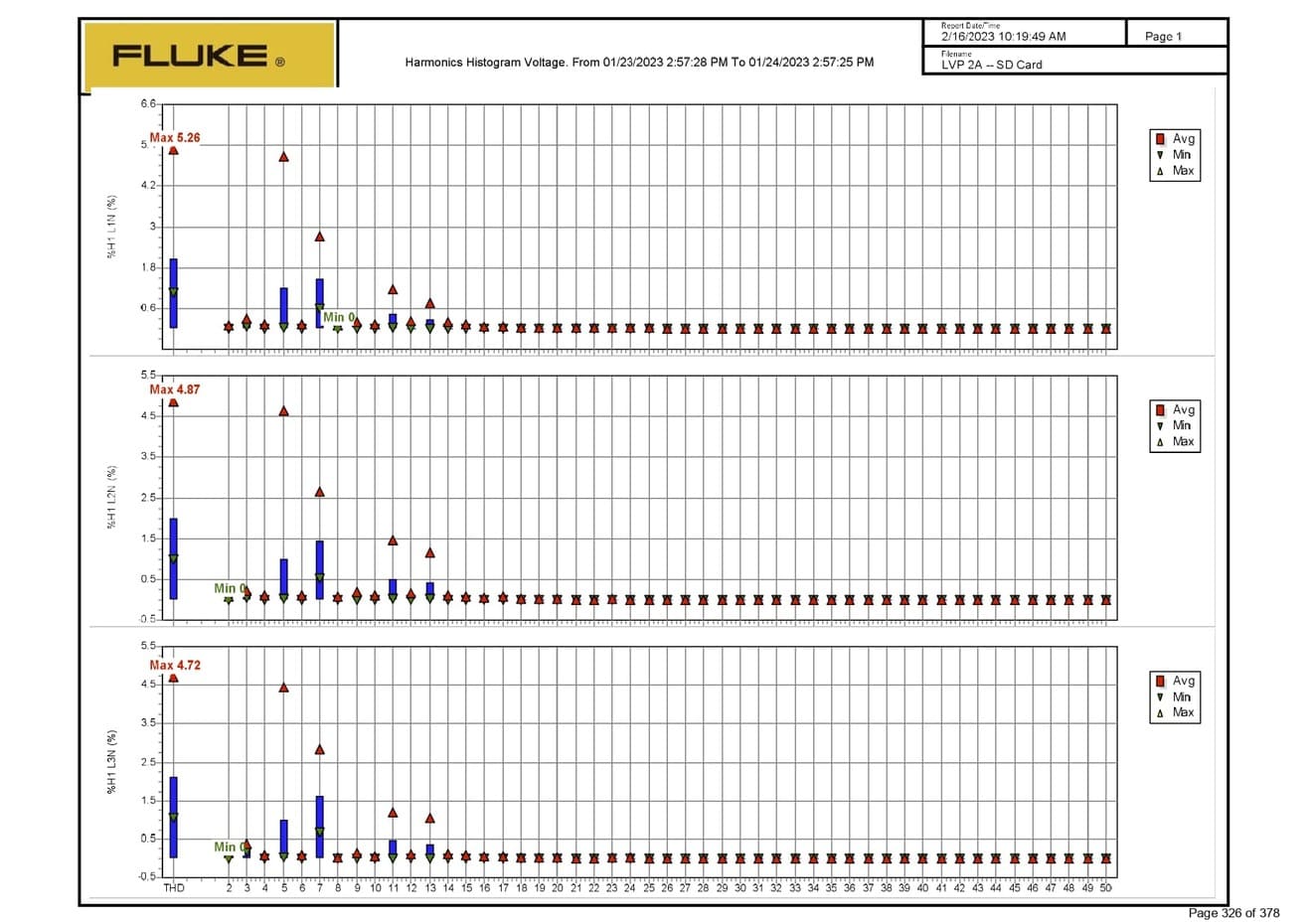
Harmonic Study and Analysis
Harmonic voltage analysis is a mathematical method for predicting potential resonances and harmonic distortion levels based on data.
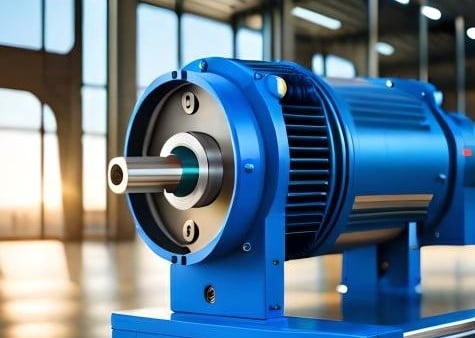
Motor Start Analysis
Motor Start Analysis service helps you to get perspective on the best way of starting motor, and proper power system design for reducing the impact of the motor starting on the power system.
